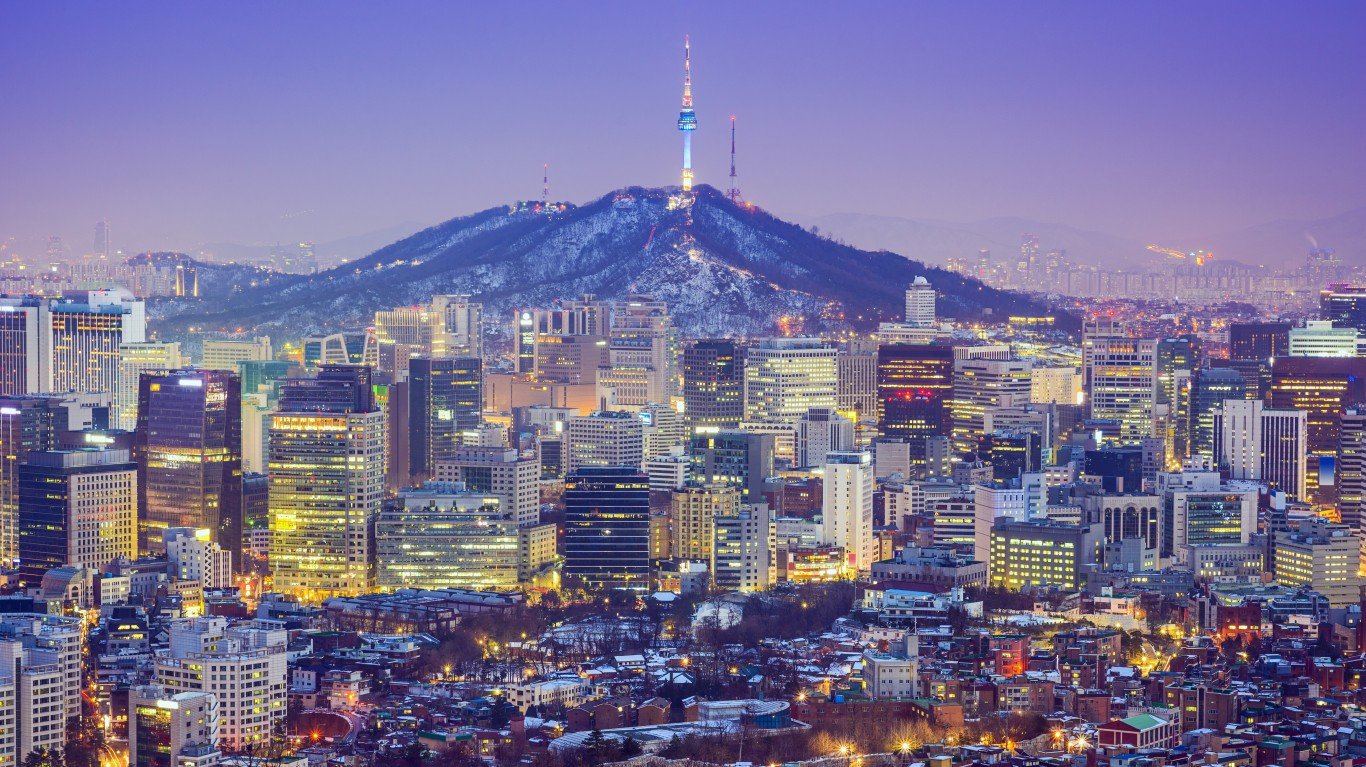
5. Seoul, South Korea
> Total emissions in 2013: 47.61 million tons of CO2 equivalent
> Transport, industrial, waste, and local power plants: 25.08 million tons of CO2 equivalent — #7 most in study
> Grid-supplied energy produced outside the city boundary: 22.53 million tons of CO2 equivalent — #2 most in study
> Population in 2013: 10.0 million
In the face of its poor standing in regard to CO2 emissions, South Korea hosted an international summit on climate change this past spring, setting forth lofty goals and strategies, including a goal of net zero emissions by 2050, and funding to assist developing nations in their efforts. Critics predict that the country’s existing and planned coal plants will still be functional in 2050.
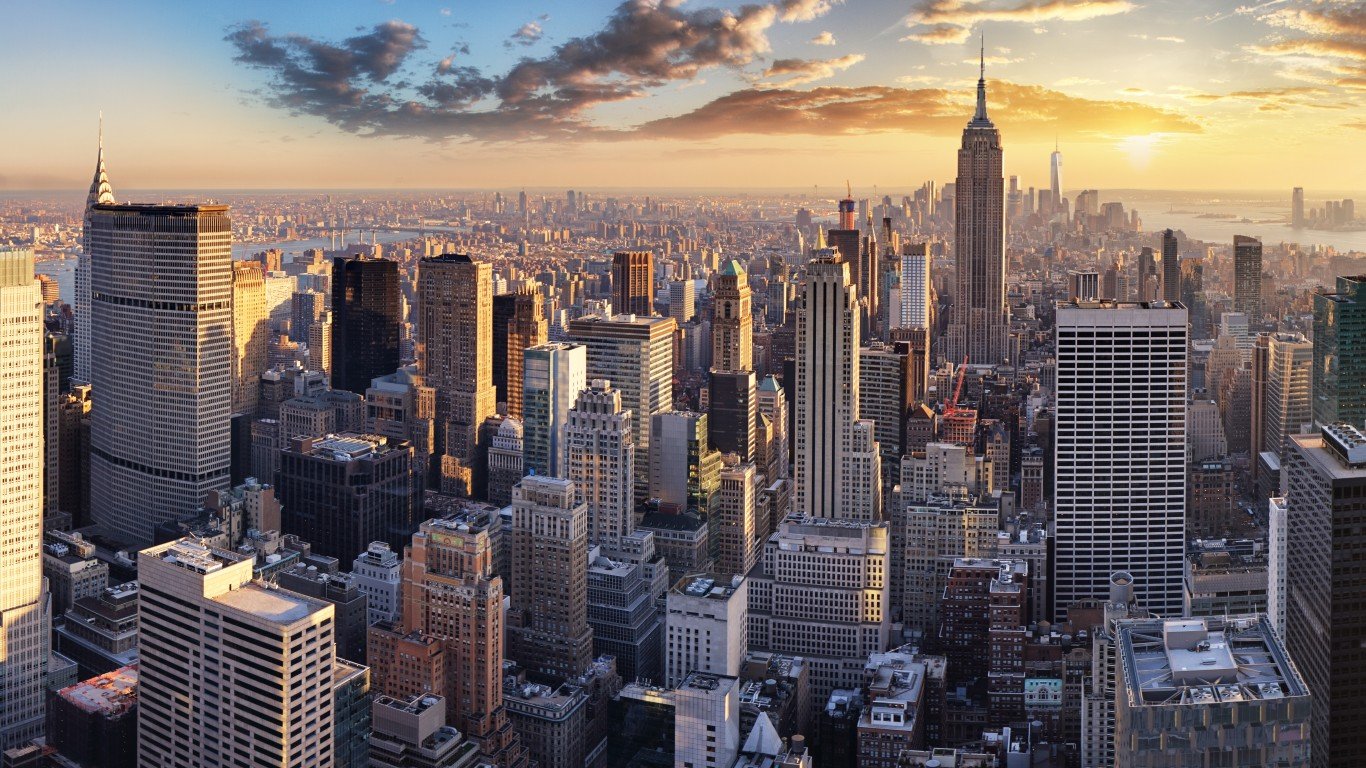
4. New York City, New York USA
> Total emissions in 2015: 53.31 million tons of CO2 equivalent
> Transport, industrial, waste, and local power plants: 38.96 million tons of CO2 equivalent — #4 most in study
> Grid-supplied energy produced outside the city boundary: 14.34 million tons of CO2 equivalent — #10 most in study
> Population in 2015: 8.4 million
In the last decade, climate change has become devastatingly real, as natural disasters have shaken communities around the globe. For New York City, which had been implementing some greening strategies, reality struck with Superstorm Sandy in 2012, which killed 43 people, destroyed homes and businesses, flooded the city’s streets and subways, and caused $19 billion in damages. Since then, NYC has embraced the Paris Agreement and embarked on a wide-ranging climate plan that includes divesting its five pension funds from businesses involved in fossil fuels.
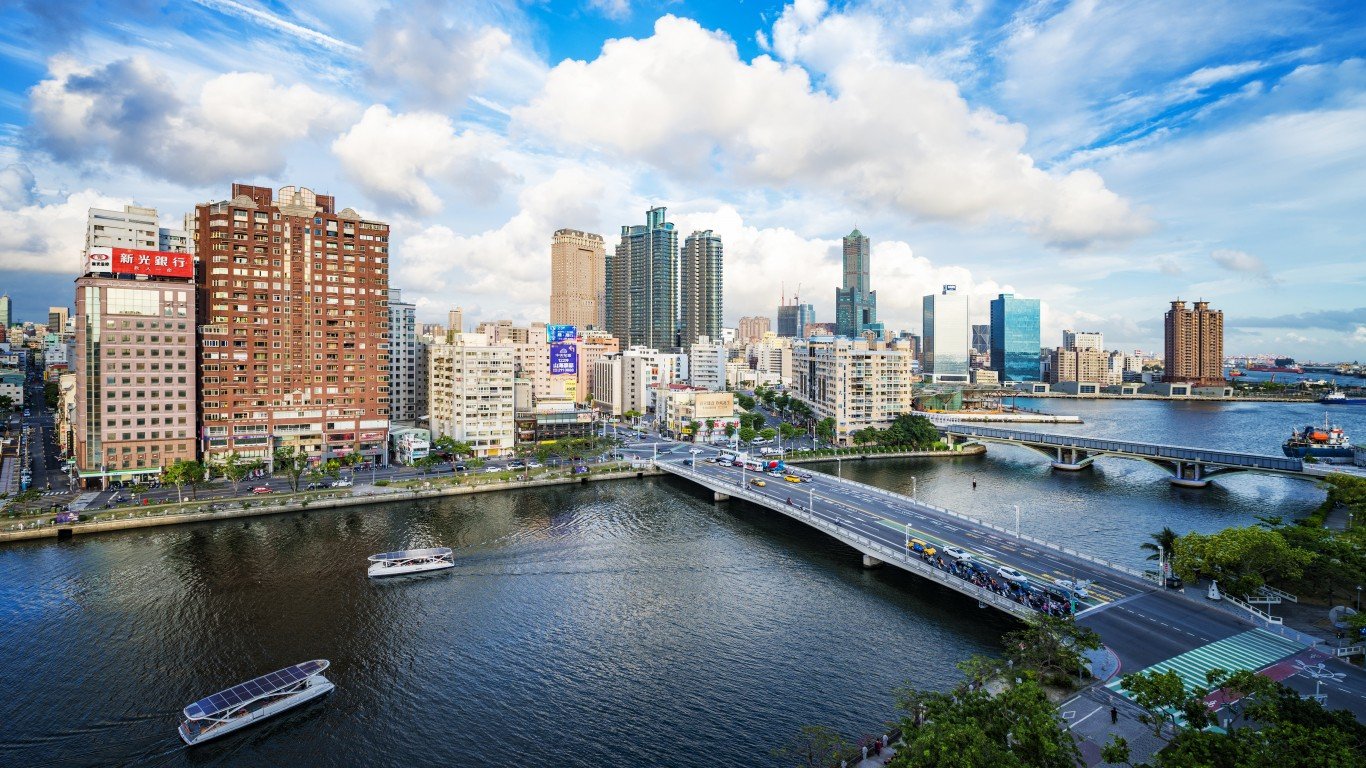
3. Kaohsiung, Taiwan
> Total emissions in 2014: 58.76 million tons of CO2 equivalent
> Transport, industrial, waste, and local power plants: 43.50 million tons of CO2 equivalent — #3 most in study
> Grid-supplied energy produced outside the city boundary: 15.25 million tons of CO2 equivalent — #7 most in study
> Population in 2014: 2.8 million
Like the rest of Taiwan, Kaohsium relies on fossil fuels for its energy needs, and its emissions are largely attributable to industrial activity. Still, independent of Taiwan’s direction, Kaohsium has made some progress, having created its first emissions inventory in 2005 and a mitigation and adaptation plan in 2015. Between 2005 and 2017 it managed to reduce its carbon footprint by over 13%. It is now a leader in solar technology, and is outpacing the national government in green mobility and building measures.
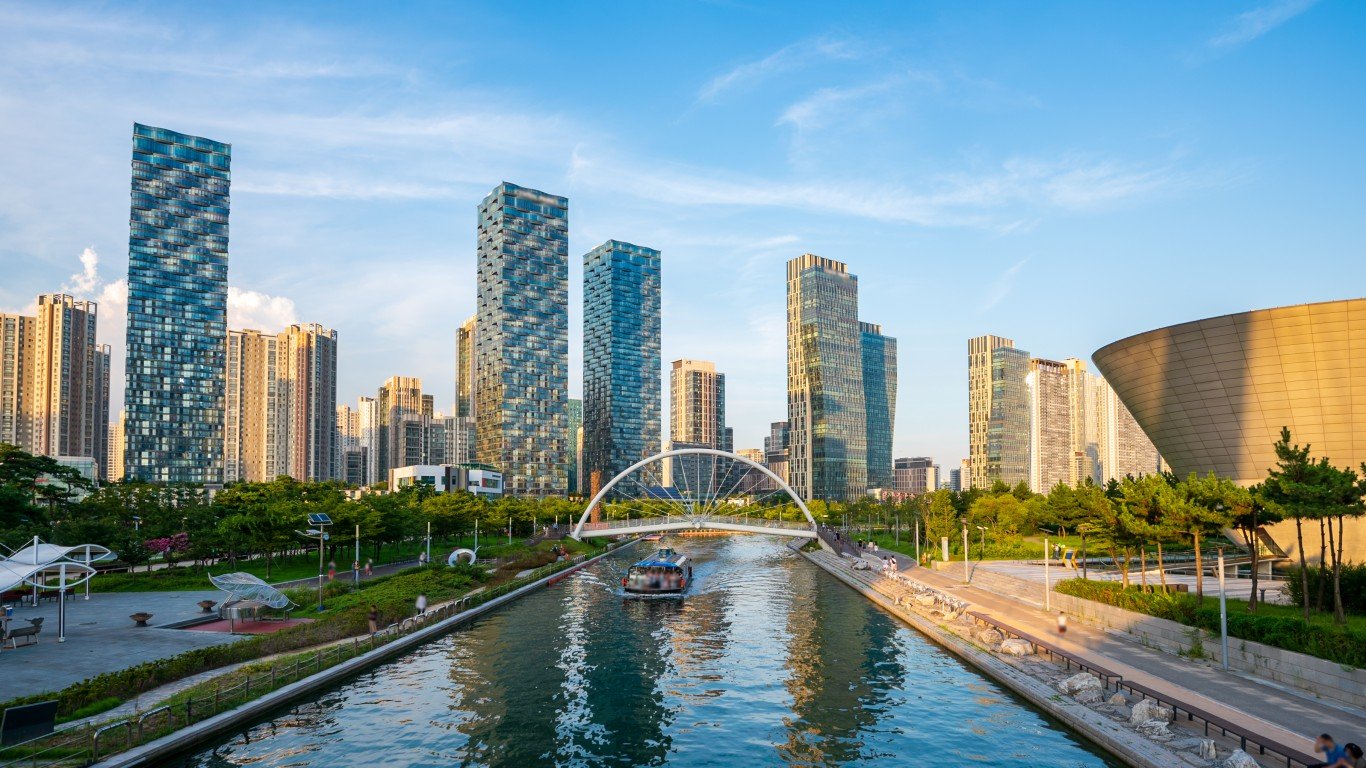
2. Incheon, South Korea
> Total emissions in 2015: 69.79 million tons of CO2 equivalent
> Transport, industrial, waste, and local power plants: 57.72 million tons of CO2 equivalent — #1 most in study
> Grid-supplied energy produced outside the city boundary: 12.07 million tons of CO2 equivalent — #13 most in study
> Population in 2015: 2.9 million
South Korea’s third largest city has won international recognition for its innovative efforts to reduce its carbon footprint. Among other initiatives, it has created a business district based on green technology, and a pneumatic waste disposal system that eliminates the need for garbage trucks, increases recycling, and provides fuel for energy production — fuel that is cleaner than fossil fuels, on which the country is heavily reliant.
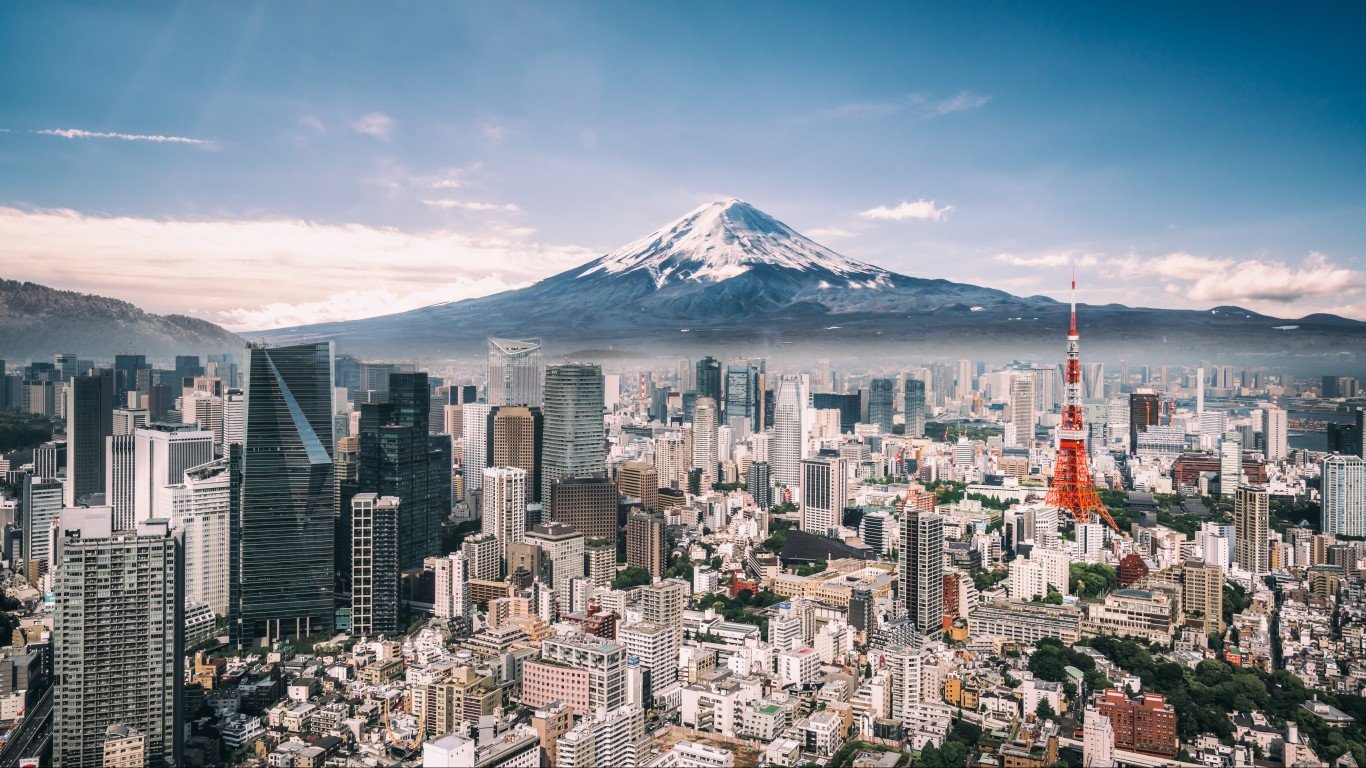
1. Tokyo, Japan
> Total emissions in 2014: 70.13 million tons of CO2 equivalent
> Transport, industrial, waste, and local power plants: 27.61 million tons of CO2 equivalent — #6 most in study
> Grid-supplied energy produced outside the city boundary: 42.52 million tons of CO2 equivalent — #1 most in study
> Population in 2014: 13.5 million
In its climate strategies, Tokyo does not differ greatly from other megacities, struggling more with implementation than with goal setting, but it is making headway on a transportation program that is more novel than most. The city promotes the use of hydrogen fueled vehicles, for which water is the sole byproduct. As of last year, Tokyo had installed 19 hydrogen fueling stations and was employing 70 fuel cell busses.






